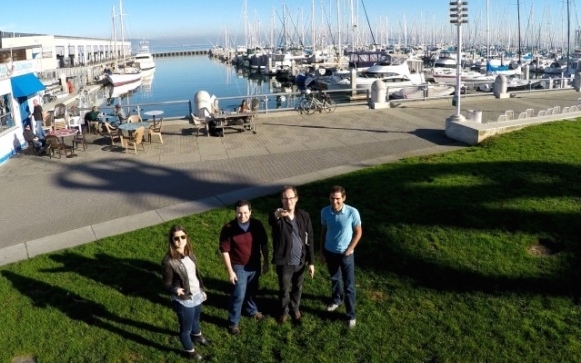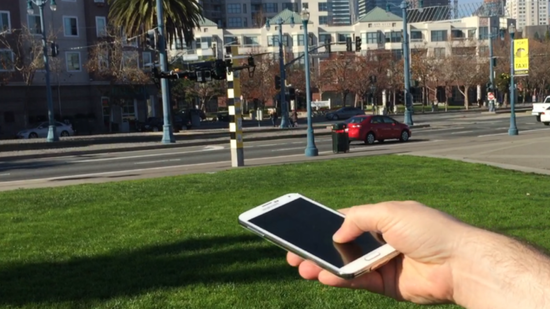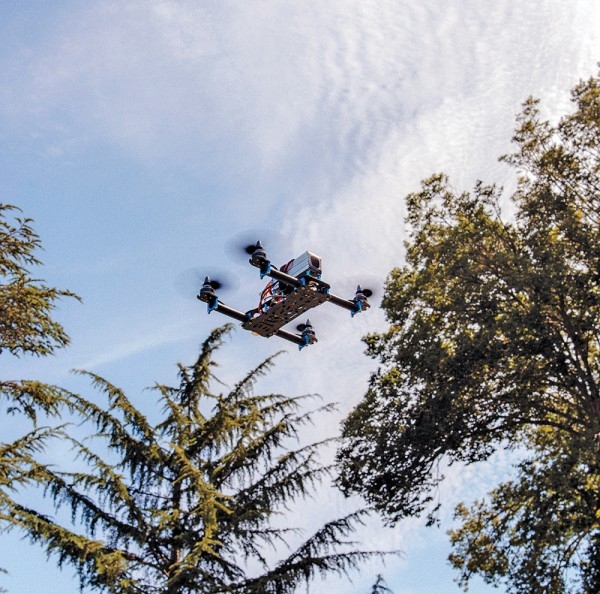
We list all the possibilities that people want to do with drones. Our goal is to create free-flying air aides.
Adam Bry said. He is 27 years old and is a co-founder of Skydio and a member of the TR35 list of MIT Technology Review.
On August 23, US time, MIT Technology Review released the 16th TR35 list, a list of 35 young innovators in the world under 35 years of age. Elites from all walks of life are leaders in terms of creativity, perseverance, and management capabilities. Their fields of innovation include healthcare, energy, computers, and advanced electronic devices; their careers include start-up companies, R&D institutions, and corporate giants; they are their respective fields. Leader. The list is divided into five categories: Visionaries, Inventors, Entrepreneurs, Pioneers, and Humanitarians.
Adam Bry is one of the Inventors. With this title, he is well deserved.
Create "the eyes of drones"Adam Bry is a flying lover and a wireless remote-controlled airplane fan since childhood. Adam Bry met Abe Bachrach at the MIT graduate school. Both were formerly founding members of Project Wing, a Google drone project. They later left Google and founded the drone company with their MIT friend Matt Donahoe. Skydio.

Adam Bry once said:
We listed all the reasons why people wanted to use drones and all the goals that drones wanted to achieve. From this we came to the conclusion that the products are still very primitive. Today, the user’s general experience is “taking it out of the box and hitting the big treeâ€.
The drone may crash, be swept away, be controlled by an inexperienced drone operator, or fly at the wrong angle at the wrong time, and the drone may collide with surrounding objects. Although these collisions are nothing for humans and trees, these have become obstacles to better use of drones: no one wants to believe that an aircraft always crashes into obstacles.
What Bry is doing now is to hit the pain point and create a drone that can recognize the environment and won't hit the surrounding objects.
Bry said that drones at the moment need to rely heavily on GPS to determine location. GPS allows a drone to fly to a designated location without human intervention, but if you encounter some unexpected obstacles, GPS will not do much.

Skydio's solution is a camera with software for identifying obstacles. Their ultimate goal is to make it simple to operate a drone like opening an app. If the operation of the drone becomes easy, it can become a platform that everyone tries hard to access. Drones can fly in buildings that have not been completed, not just passing over a construction site.
The Skydio's rear fuselage is equipped with several sensors with a recognition function, so the drone can follow humans while running or cycling. Now, they have successfully demonstrated that their products can safely and automatically fly close to obstacles, as well as walking, running, and cycling with users.
Let drones understand peopleWhat Skydio is doing now is to let drones understand the surrounding environment, respond to the environment, and make decisions through data. Several cameras on the drone allow the computer to visualize its orbit and learn about the surrounding 3D world.
It is worth mentioning that it is also possible to understand the difference between 'this is an individual' and 'this is a tree'. In this way, drones become very considerate.
Adam Bry said:
What is certain is that it will be an extremely intelligent high-end product, and its automatic flight will be comparable to or even beyond professional pilots. It can be imagined that the drone that understands you and can respond to you will be an exciting event. The drone will be the first large-scale mobile robot to be deployed.
This is how he describes the future operation of drones:
You hold a cell phone, your arms reach out and you raise your hand to the right. Your four-axis unmanned person will have the chance to follow. Then you swing your arm from right to left and draw a circle, and the drone will make the appropriate action again. Then, as you slide down the screen, the drone lands. You are like a magician.

Last year, Skydio announced that the first round of financing received $3 million from Andreessen Horowitz and Accel.
However, Skydio is still in the prototype stage, but the production company has raised a total of $25 million in investment. They said that this technology could be used for cargo drones in the future and could provide a cheap and safe delivery method in the real world environment.
But in any case, the drone market in the world today is highly competitive. Not to mention foreign countries, China's Dajiang has produced drones that can recognize the surrounding environment and automatically avoid obstacles. Therefore, Skydio will have to face the enormous challenge of emitting light and heat on the roads of drones. But the power of new students is always extremely strong. We believe Skydio can go further and further with its eye-catching and considerate drones.
Xinzhi created the public number of the robot under the leadership of Lei Feng Network (search for "Lei Feng Net" public number) . We are concerned about the status quo and future of robots, and related industries combined with robots. Interested friends can add micro signal AIRobotics, or directly scan the QR code below to follow!

